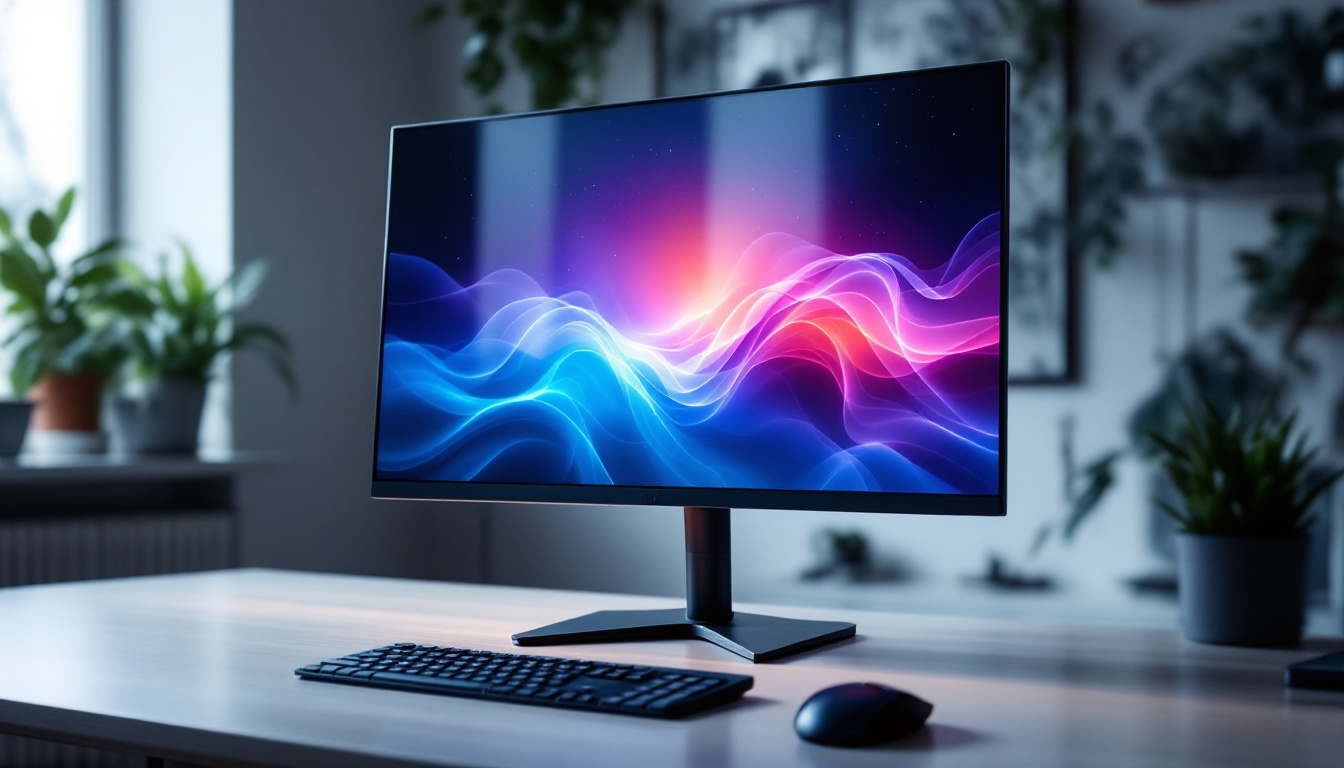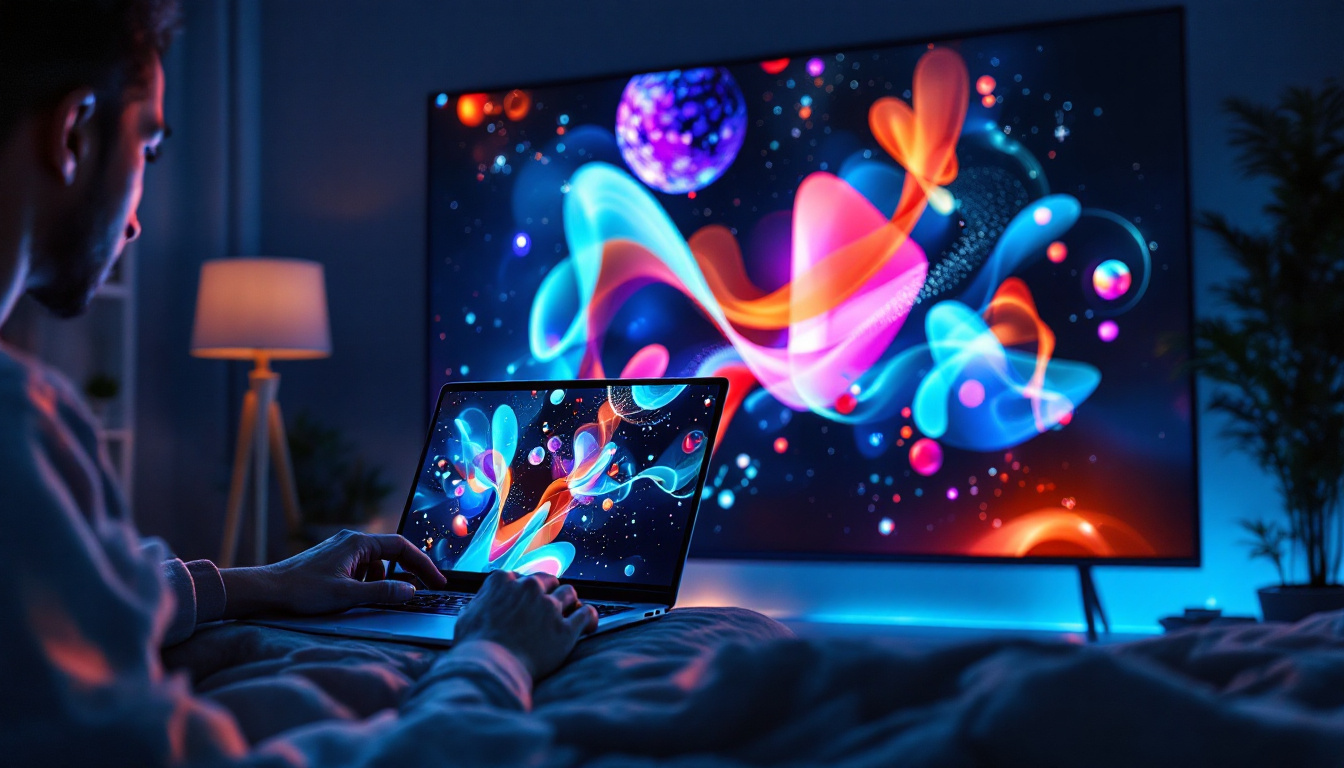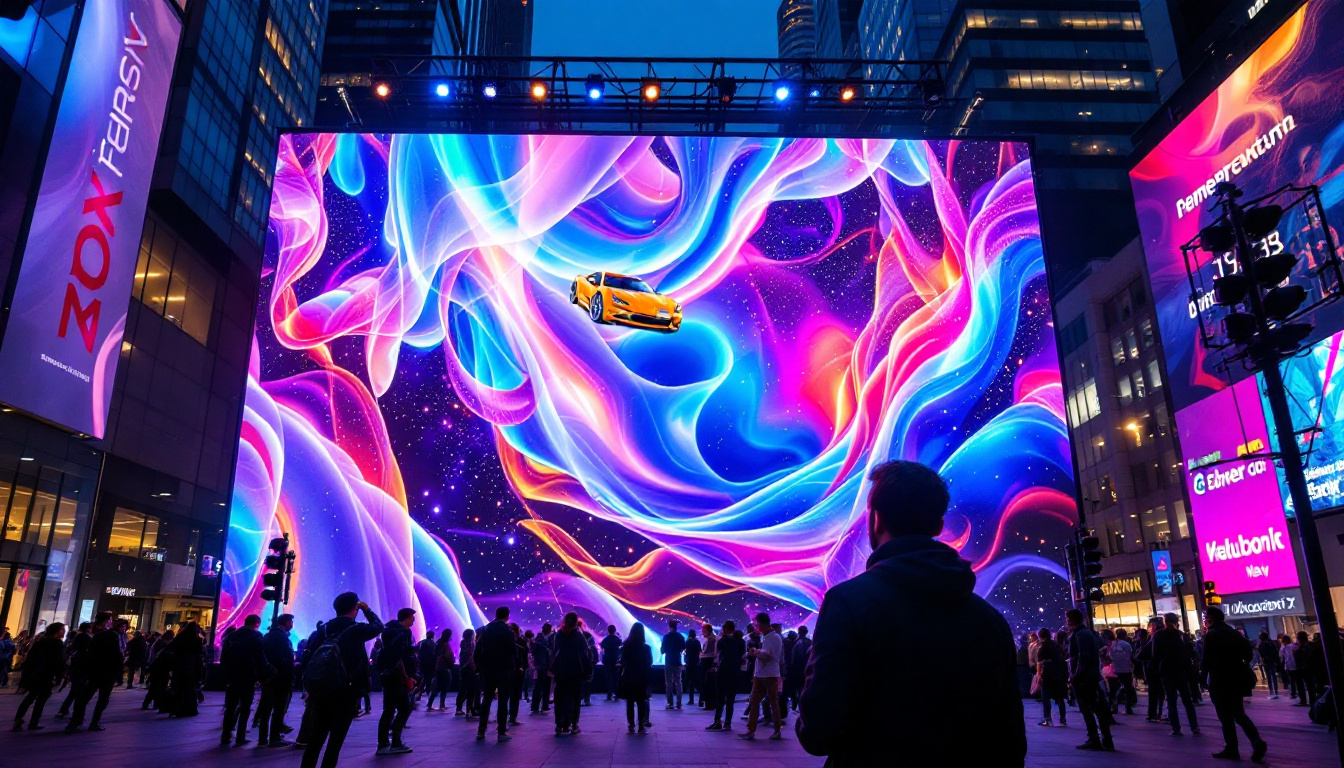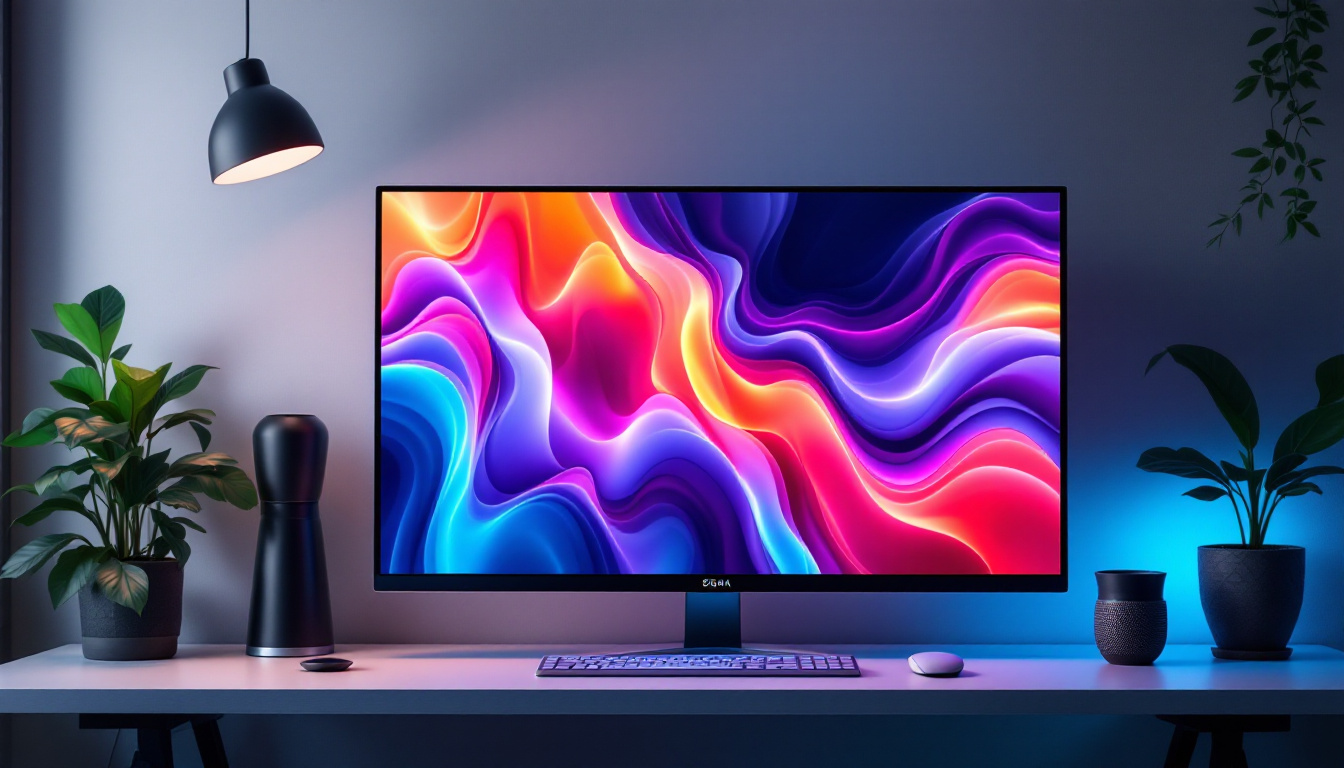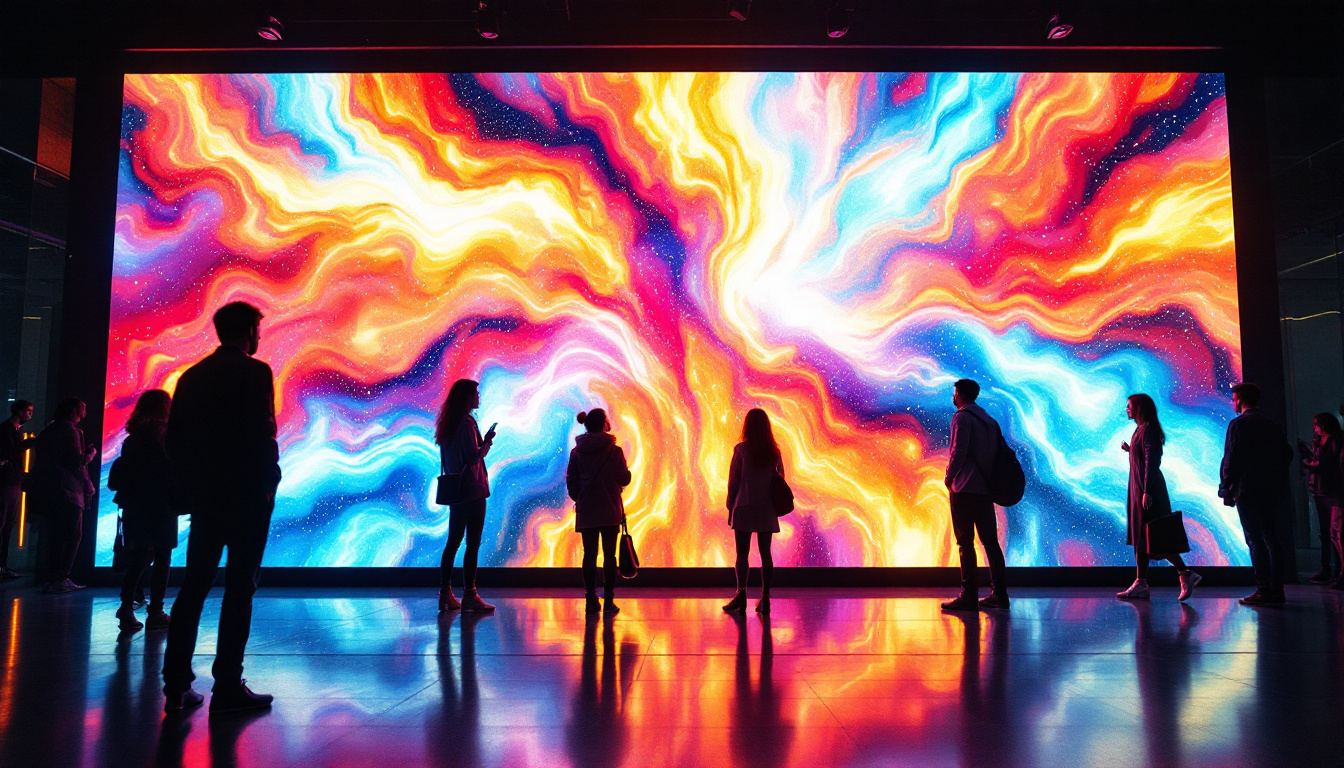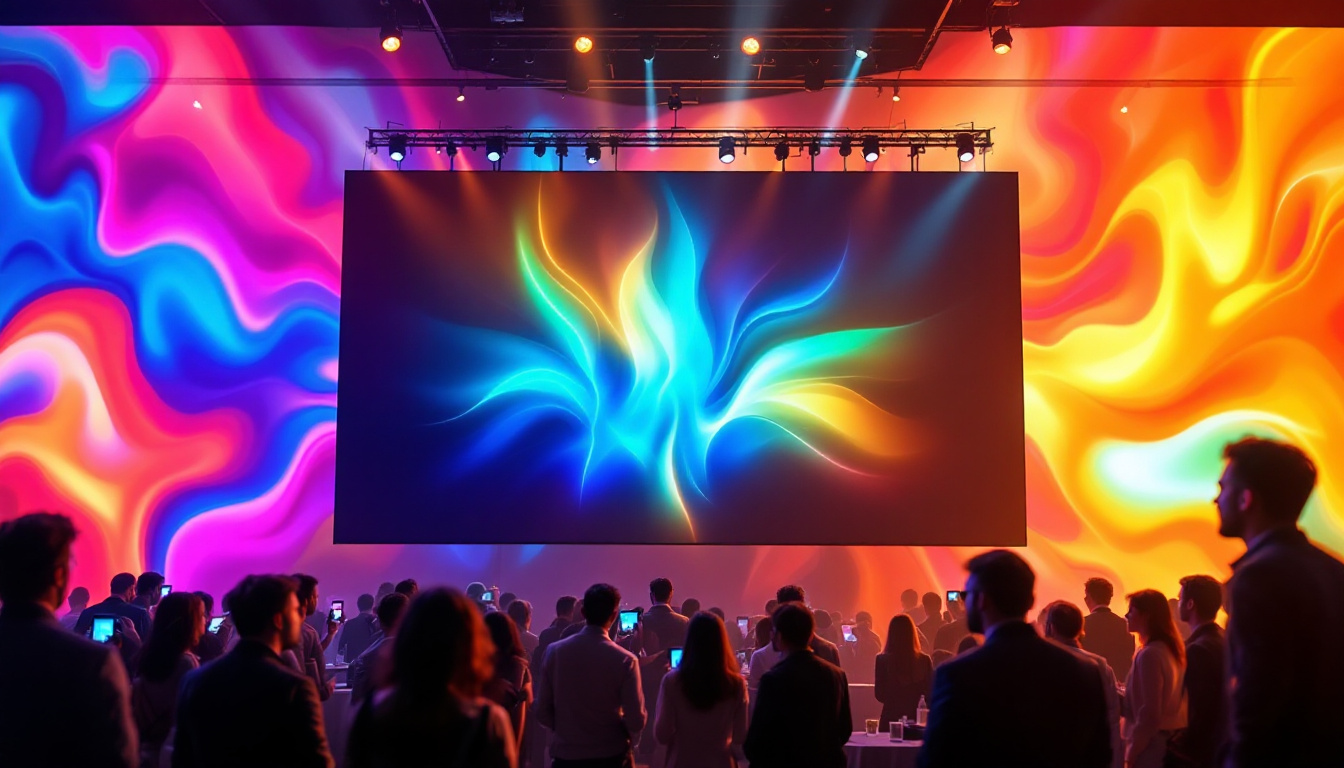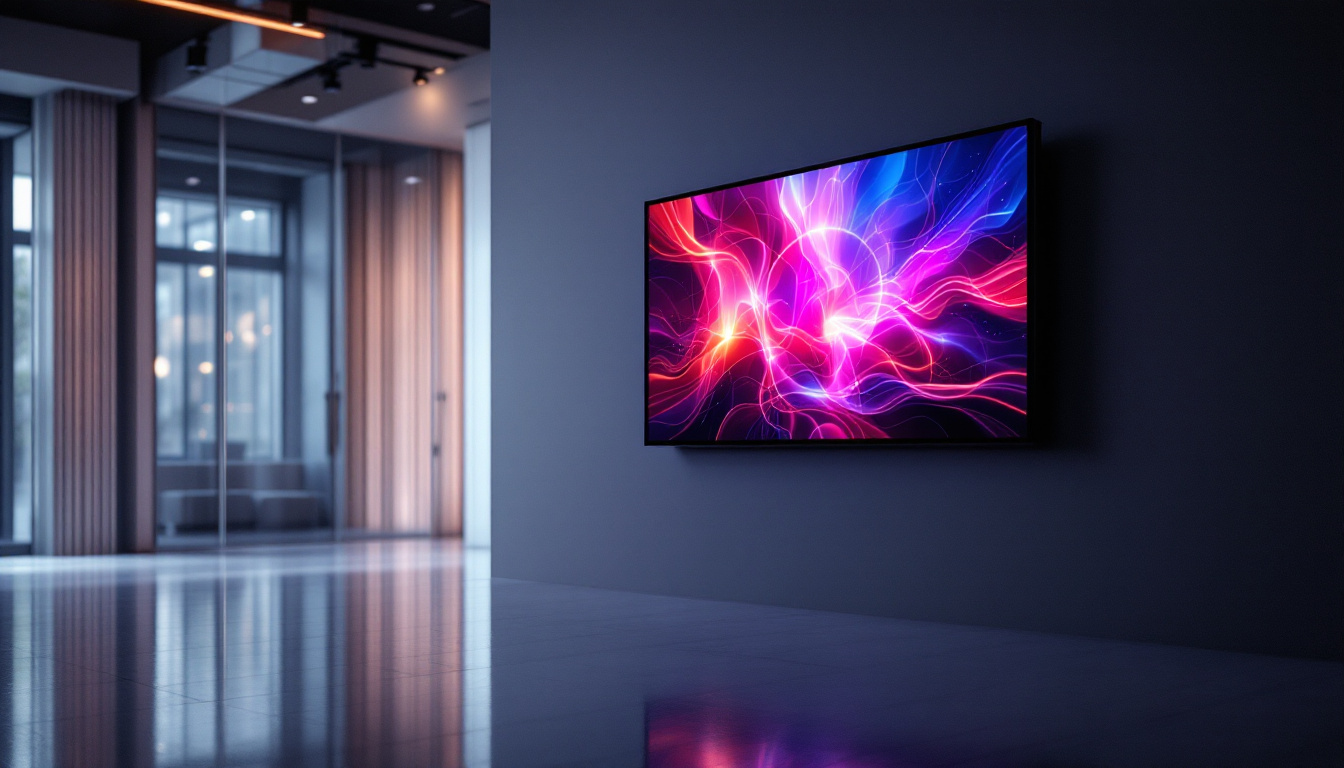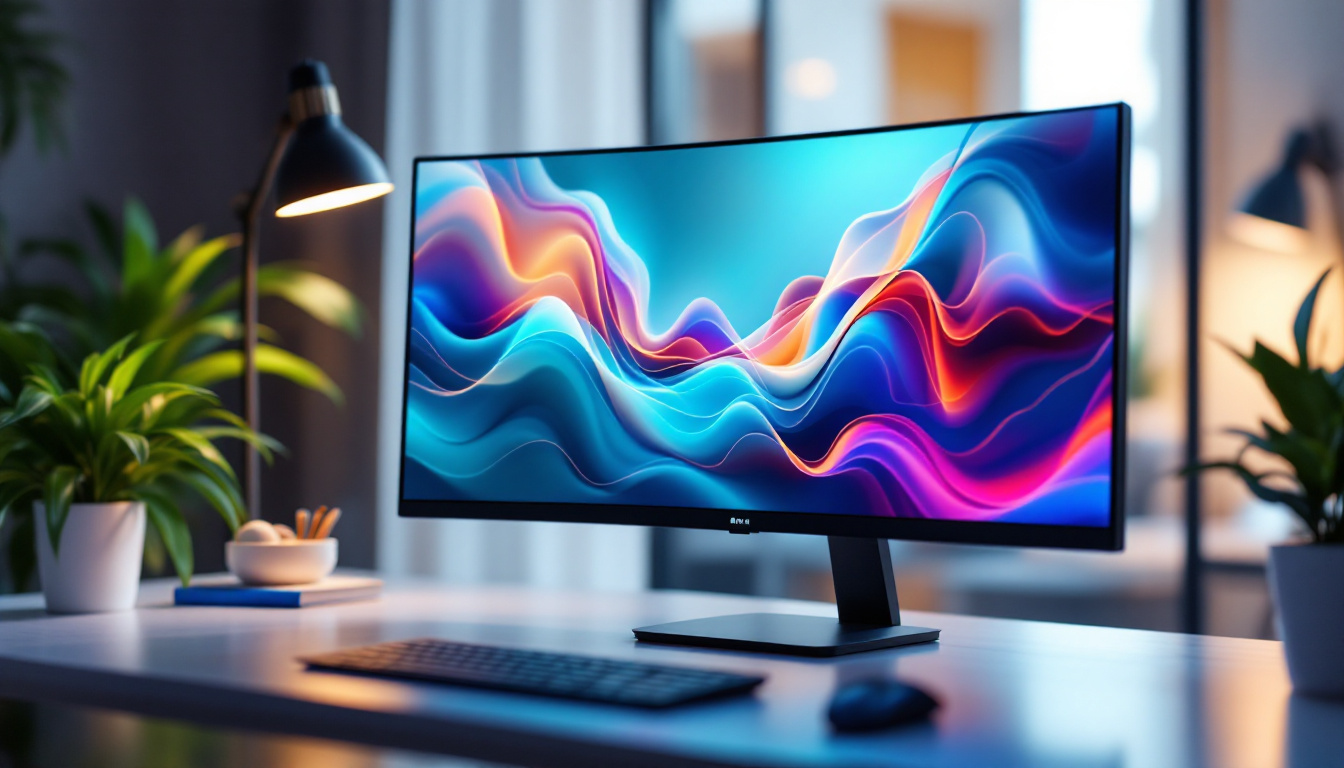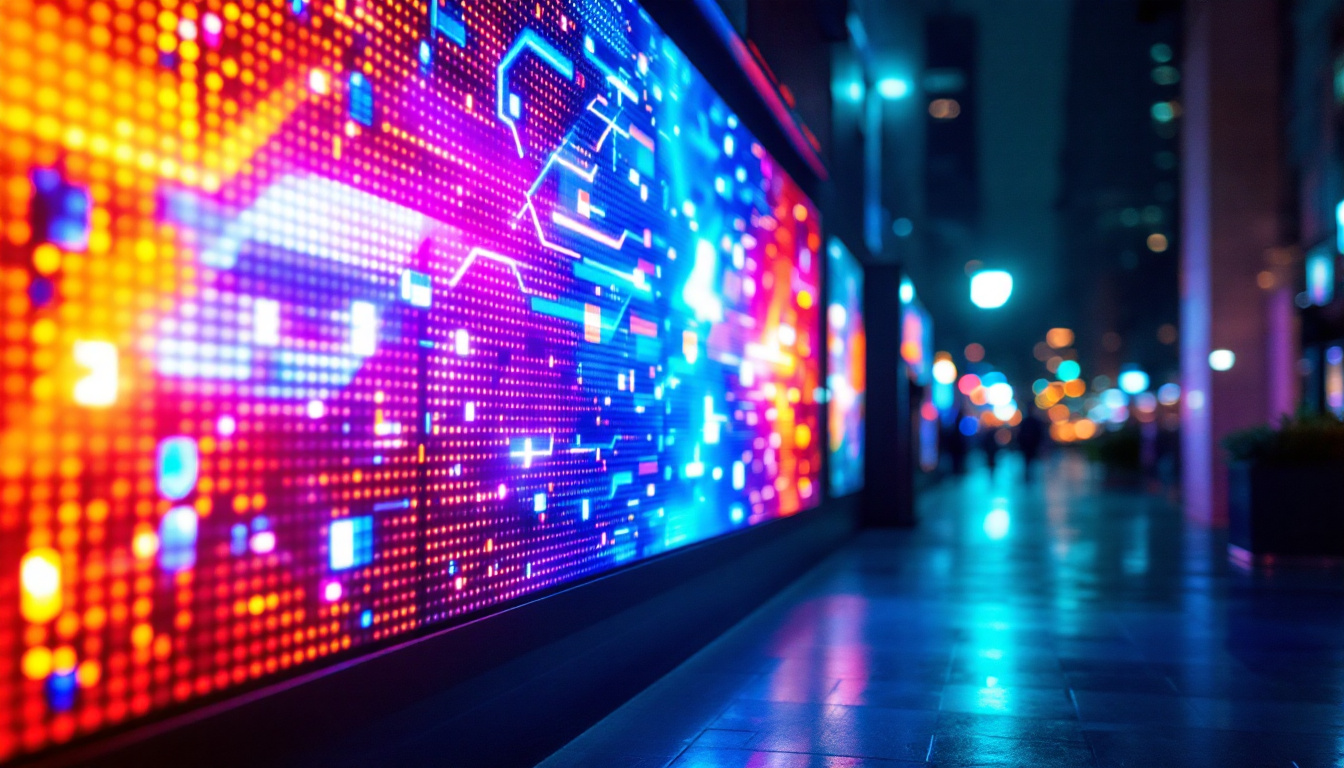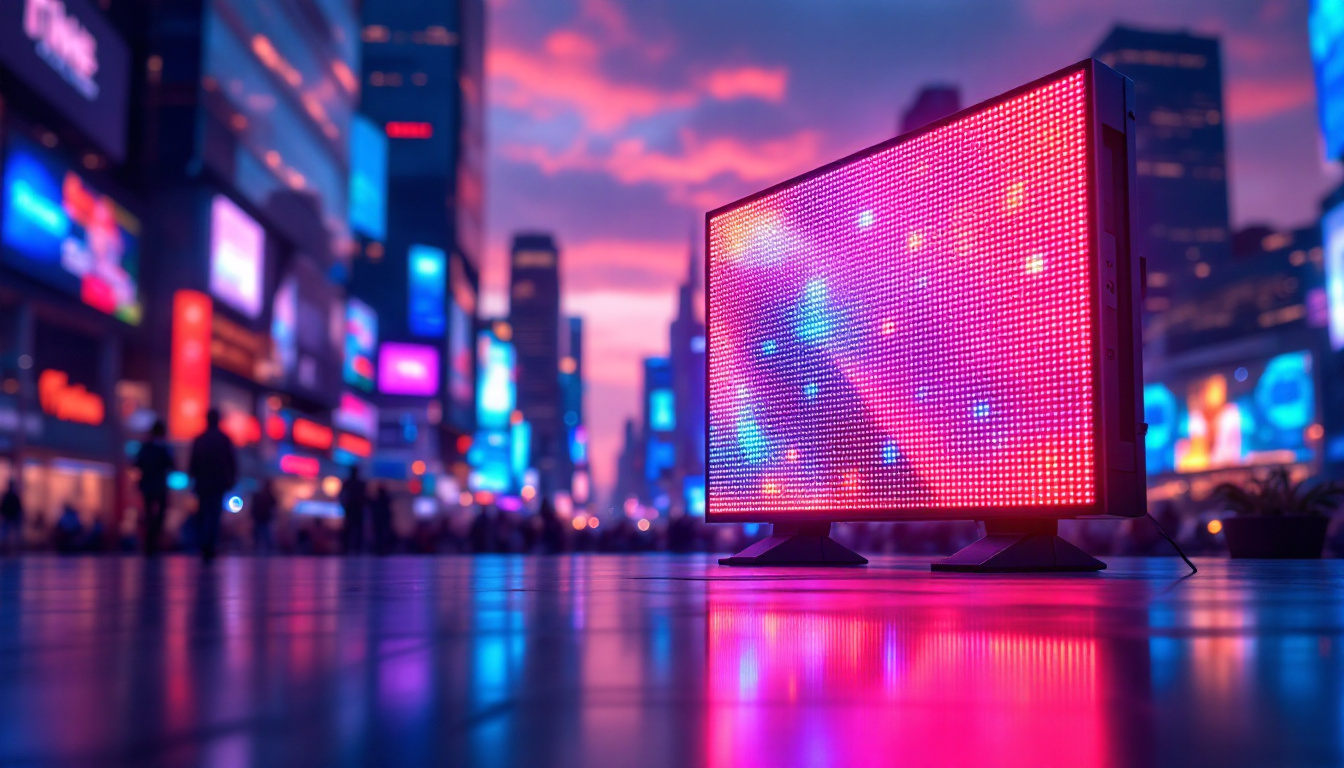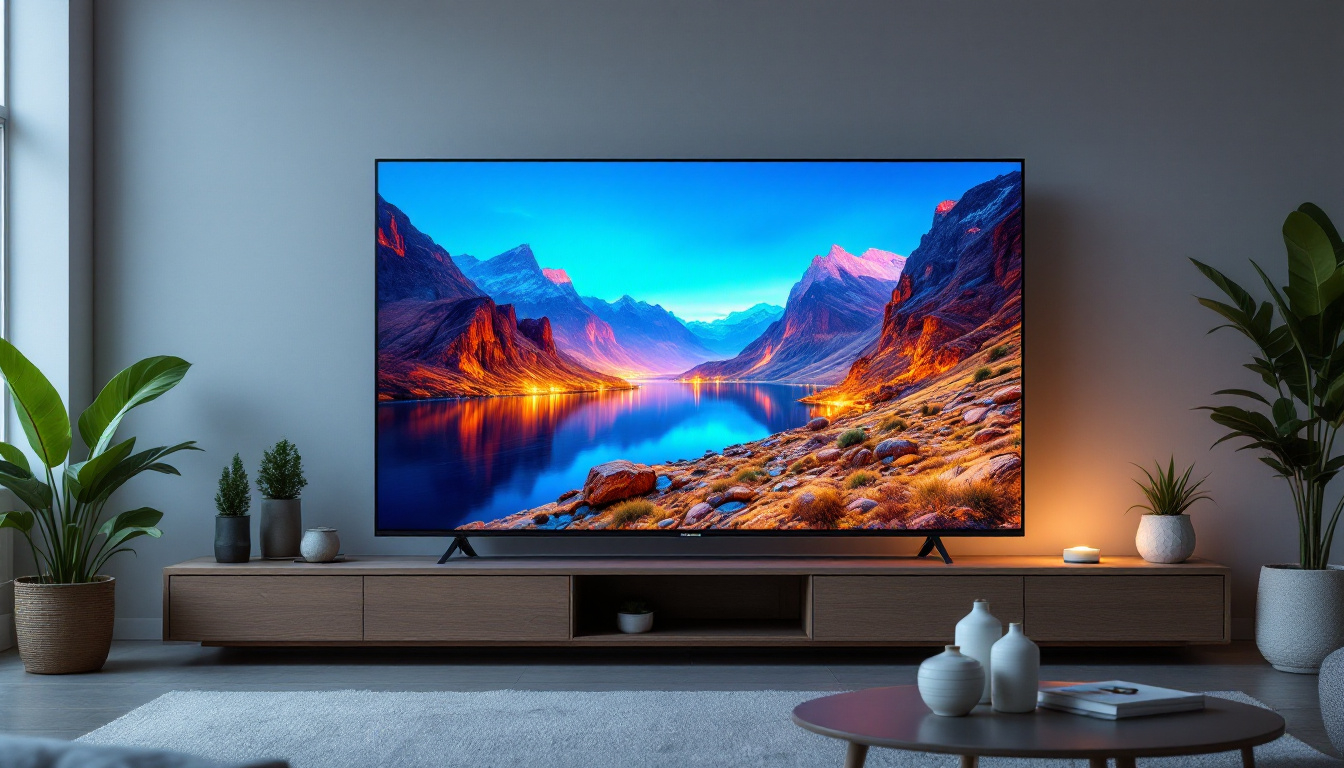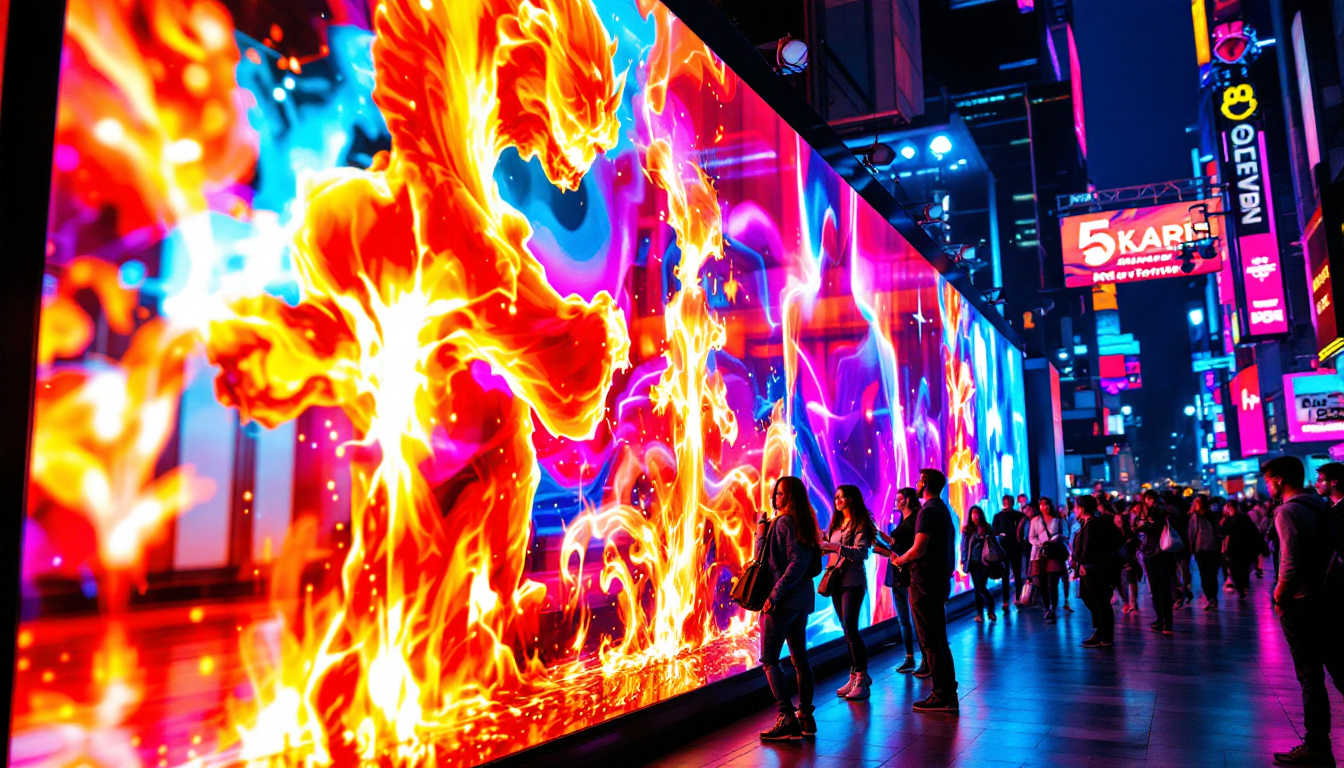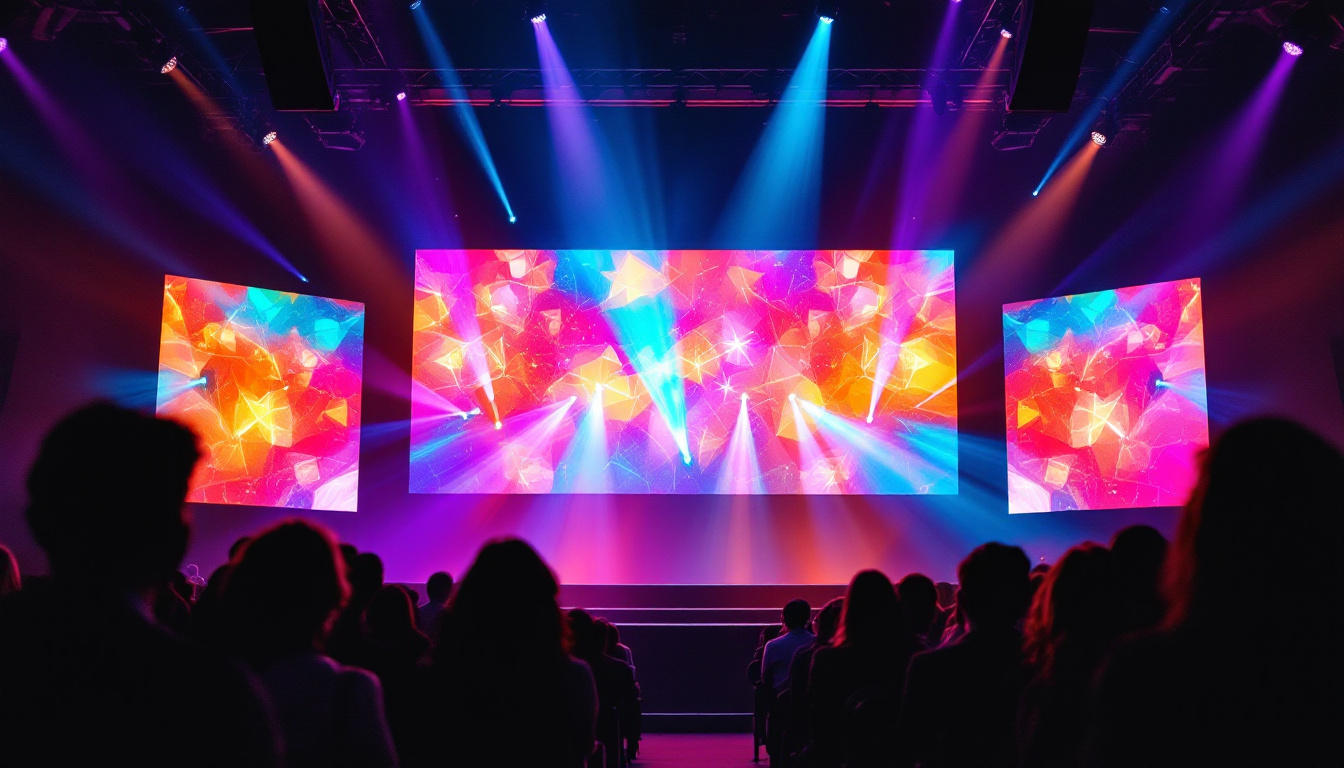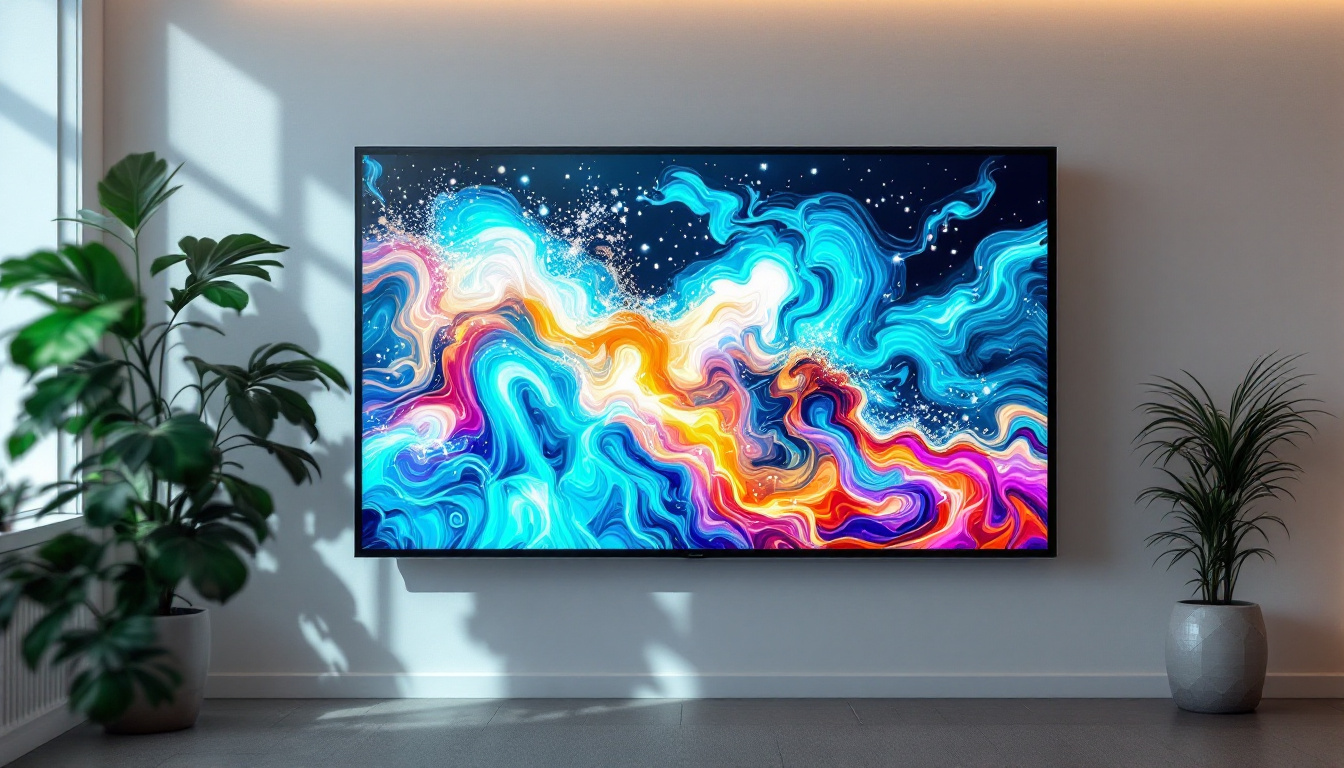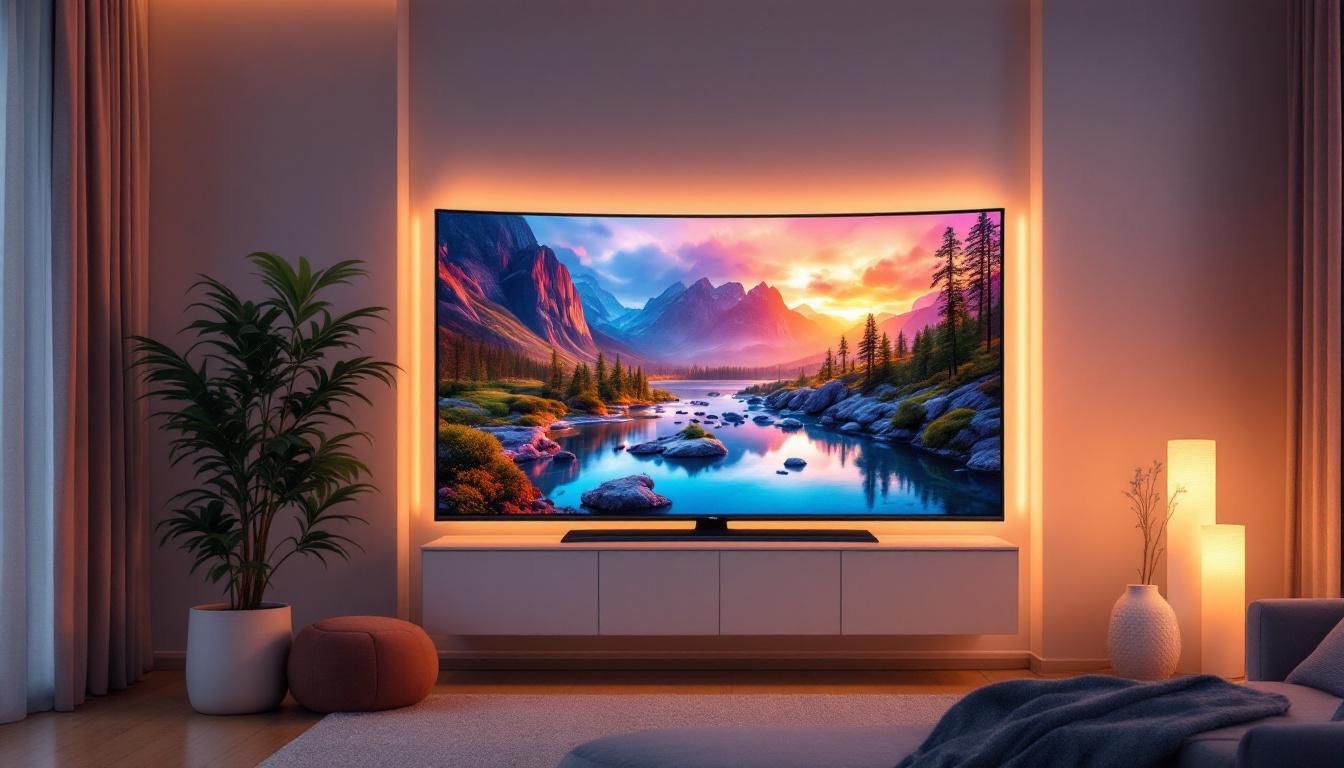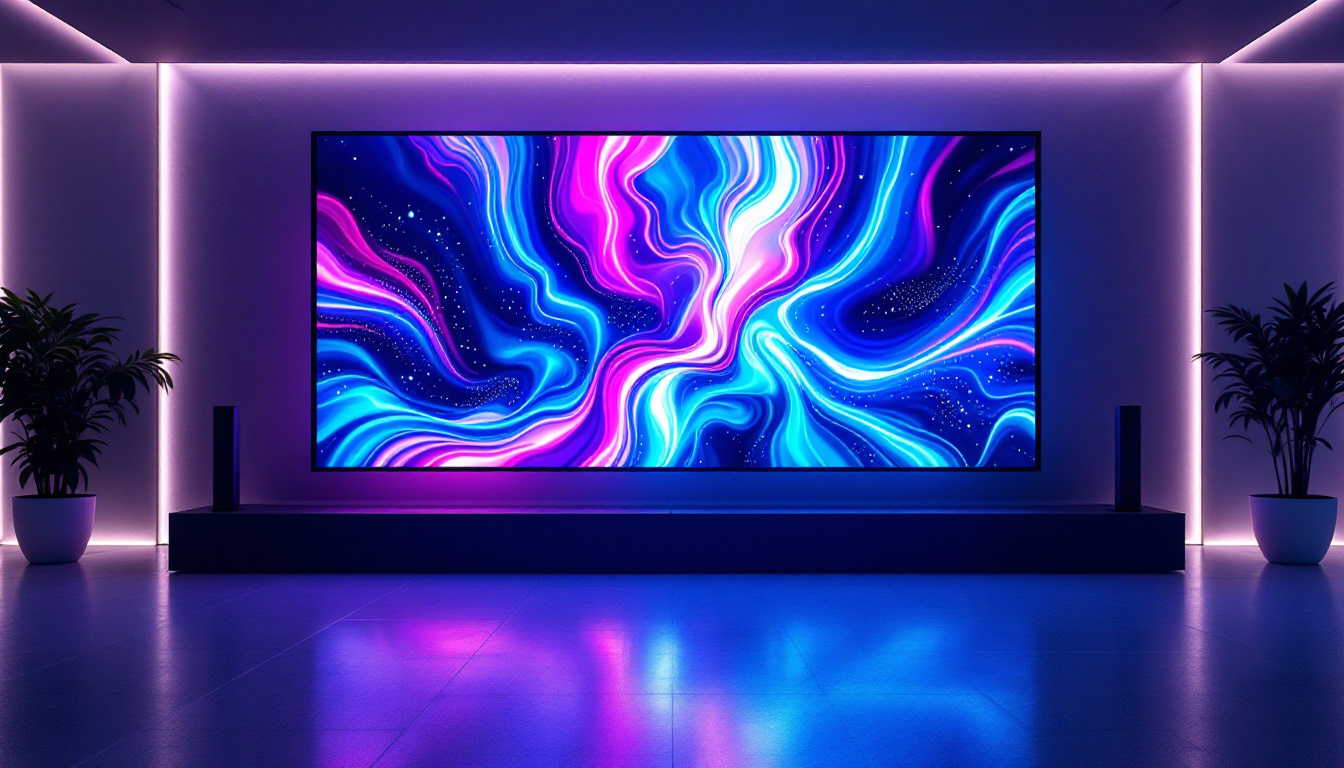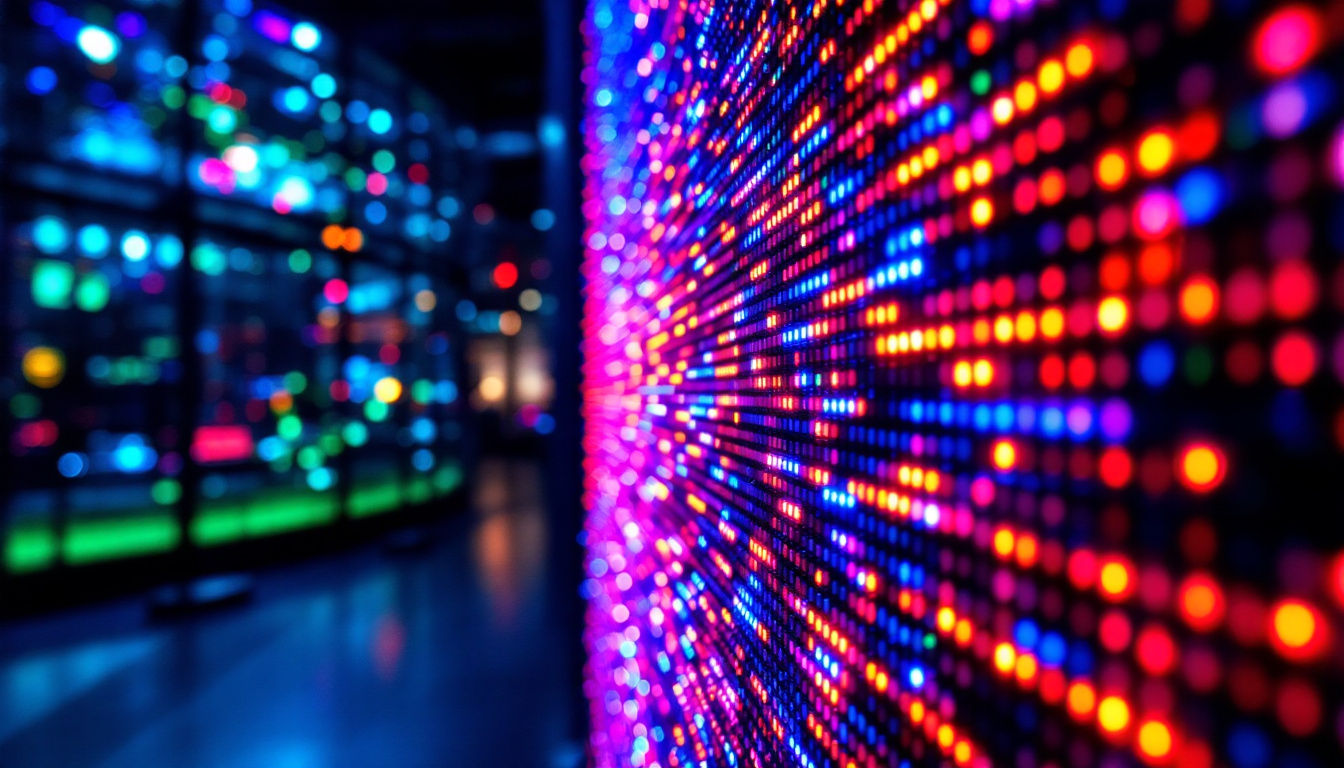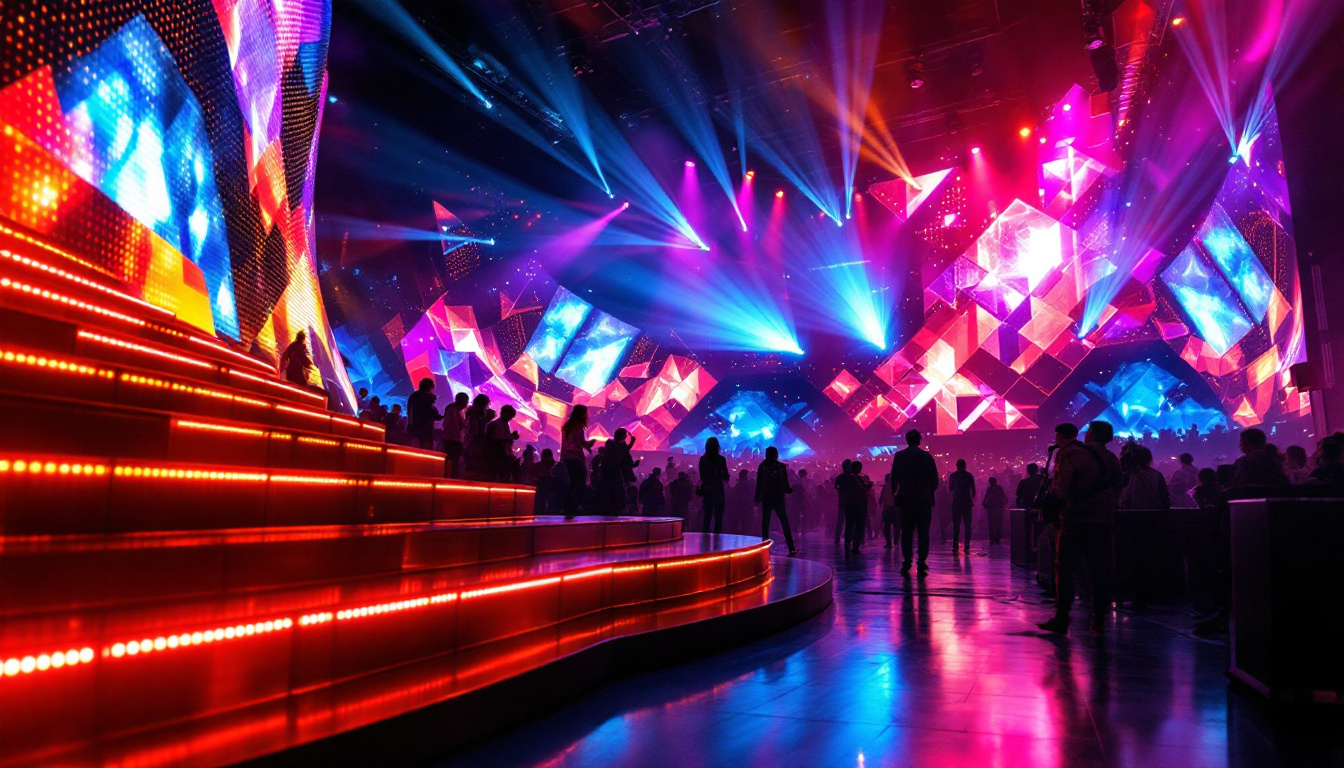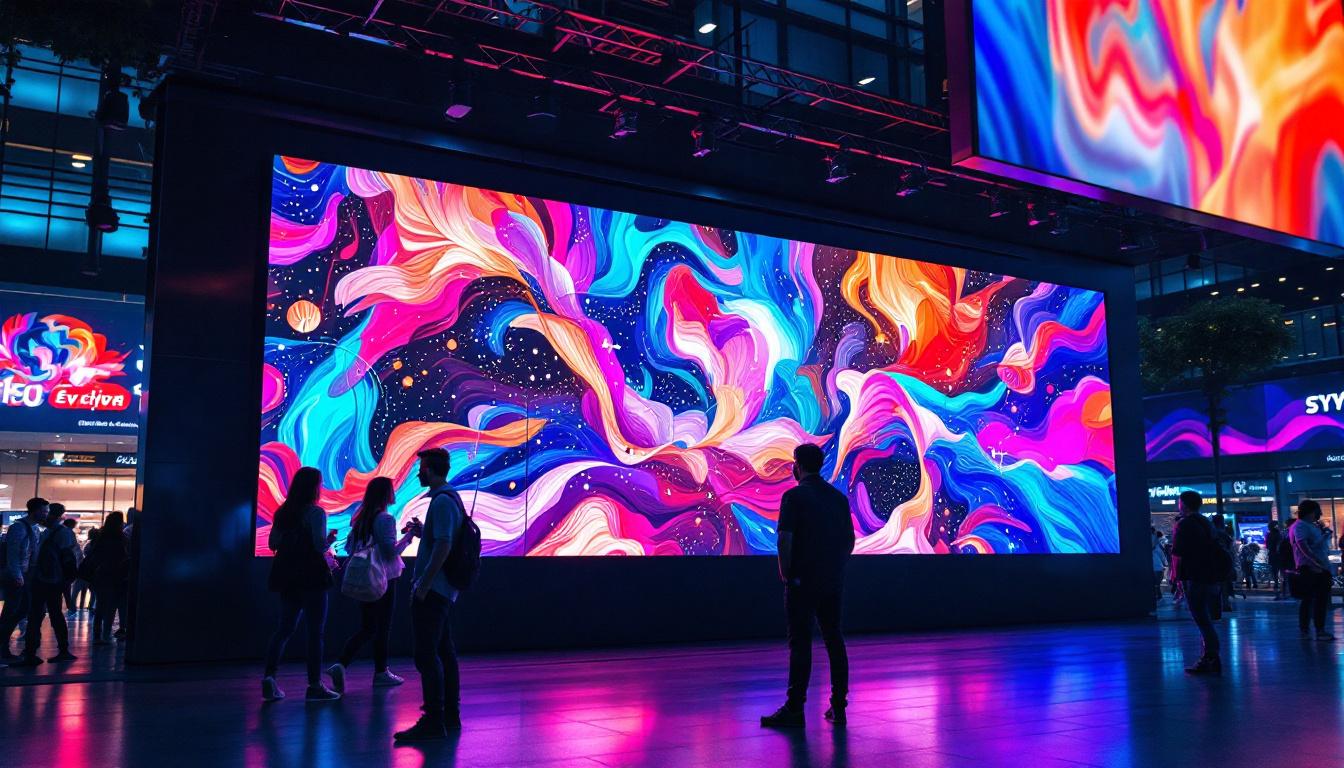In today’s fast-paced digital world, the display technology used in monitors plays a crucial role in enhancing user experience. Among various types of displays, LED (Light Emitting Diode) technology has emerged as a popular choice for both personal and professional use. This article delves into the intricacies of LED displays, focusing on their functionality, advantages, and how they compare to other display technologies.
Understanding LED Display Technology
LED displays utilize light-emitting diodes to produce images and videos on screens. Unlike traditional LCD (Liquid Crystal Display) screens that rely on fluorescent backlighting, LED displays use a series of tiny diodes that emit light directly. This fundamental difference not only improves brightness and contrast but also enhances energy efficiency. As a result, LED displays are often favored in environments where visibility is paramount, such as in outdoor advertising and large-scale event displays, where sunlight can wash out traditional screens.
How LED Displays Work
The operation of an LED display is relatively straightforward. Each pixel on the screen consists of red, green, and blue diodes. By adjusting the intensity of these colors, the display can create a wide spectrum of colors, resulting in vibrant images. The diodes can be arranged in various configurations, such as edge-lit or full-array backlighting, which affects the overall performance of the display. Additionally, advancements in technology have led to the development of dynamic refresh rates, allowing for smoother transitions and motion handling, which is particularly beneficial for fast-paced video content.
In edge-lit displays, LEDs are positioned along the edges of the screen, allowing for a thinner design. Conversely, full-array displays feature a grid of LEDs behind the screen, providing better contrast and uniformity in brightness. This distinction is crucial for users who prioritize image quality, particularly in professional settings like graphic design or video editing. Furthermore, the ability to control local dimming in full-array displays enhances the viewing experience by ensuring that dark scenes appear truly black, without the halo effect that can occur in edge-lit models.
Types of LED Displays
There are several types of LED displays available in the market, each catering to different needs and preferences. The most common types include:
- Standard LED: This is the most basic form of LED display, primarily used in consumer electronics.
- OLED (Organic LED): This technology uses organic compounds to emit light, resulting in deeper blacks and improved color accuracy.
- Mini LED: A newer technology that uses smaller diodes for better control over local dimming, enhancing contrast ratios.
Each type has its advantages and is suitable for various applications, from gaming to professional graphic work. understanding these differences can help users make informed decisions based on their specific needs. For instance, while OLED displays are renowned for their exceptional color reproduction and contrast, they may not be the best choice for environments with high ambient light due to their reflective surfaces. On the other hand, Mini LED technology is gaining traction in the market for its ability to deliver high-quality visuals while maintaining energy efficiency, making it an attractive option for both casual viewers and professionals alike.
Moreover, the rise of MicroLED technology is on the horizon, promising even greater advancements by utilizing microscopic LEDs to create displays that are not only brighter and more efficient but also capable of achieving incredible resolutions. This emerging technology could redefine the standards of display quality, offering seamless integration into various applications, from home theaters to large-scale commercial installations. As the industry continues to evolve, staying informed about these innovations will be essential for consumers and professionals aiming to leverage the best display technology available.
Advantages of LED Displays
LED displays offer numerous advantages over traditional display technologies. These benefits make them a preferred choice for many users, whether in commercial or personal settings.
Energy Efficiency
One of the most significant advantages of LED displays is their energy efficiency. Compared to traditional LCDs, LED displays consume less power while delivering superior brightness. This not only reduces electricity bills but also contributes to a lower carbon footprint, making them an environmentally friendly choice.
Enhanced Image Quality
LED displays are known for their exceptional image quality. With higher contrast ratios and better color accuracy, they provide a more immersive viewing experience. This is particularly important for tasks that require precise color representation, such as photo editing or graphic design.
The ability to achieve deeper blacks and brighter whites enhances the overall visual appeal, making LED displays ideal for watching movies or playing video games. Users can enjoy vibrant colors and sharp details, which can significantly impact their overall experience.
Comparing LED Displays with Other Technologies
While LED displays have many advantages, it’s essential to compare them with other display technologies to understand their unique benefits and limitations.
LED vs. LCD
LCD displays have been around for quite some time and are still widely used. However, when comparing LED to LCD, the differences become apparent. LED displays typically offer better brightness and contrast, making them more suitable for various lighting conditions.
Additionally, LED displays tend to have faster response times, which is crucial for gaming and fast-paced video content. While LCDs may still hold an edge in some areas, such as cost, LED displays are increasingly becoming the standard for high-quality visual experiences.
LED vs. Plasma
Plasma displays were once considered the gold standard for large-screen televisions due to their superior color accuracy and viewing angles. However, they have largely fallen out of favor due to several drawbacks, including higher power consumption and the risk of burn-in.
LED displays, on the other hand, provide a more versatile solution. They are lighter, thinner, and more energy-efficient, making them easier to mount and integrate into modern living spaces. As technology continues to evolve, LED displays are becoming the go-to choice for both home and professional use.
Choosing the Right LED Monitor
When selecting an LED monitor, several factors should be considered to ensure it meets the user’s needs. From size to resolution, each aspect can significantly impact the overall experience.
Screen Size and Resolution
The size of the monitor is one of the first decisions to make. Larger screens provide a more immersive experience, especially for gaming or watching movies. However, the resolution is equally important. A higher resolution, such as 4K, ensures that images remain sharp and detailed, even on larger screens.
For professional tasks like graphic design or video editing, a higher resolution is crucial for accurate color representation and detail. Conversely, for general use, such as browsing the web or office work, a standard Full HD resolution may suffice.
Refresh Rate and Response Time
For gamers and those who watch fast-paced content, the refresh rate and response time are critical factors. A higher refresh rate, such as 144Hz or 240Hz, allows for smoother motion and reduces motion blur, enhancing the gaming experience.
Response time, measured in milliseconds, indicates how quickly a pixel can change from one color to another. Lower response times are preferable for gaming, as they minimize ghosting and lag during fast action scenes.
Setting Up Your LED Monitor
Once the right LED monitor has been chosen, proper setup is essential to maximize its potential. This involves not only physical placement but also adjusting settings for optimal performance.
Physical Placement
Positioning the monitor correctly can significantly affect comfort and usability. Ideally, the monitor should be at eye level, about an arm’s length away, to reduce strain on the neck and eyes. Additionally, ensuring that the screen is free from glare and reflections can enhance visibility.
Adjusting Display Settings
After physical setup, adjusting the display settings is crucial for achieving the best image quality. This includes calibrating brightness, contrast, and color settings according to the environment and personal preference.
Many monitors come with preset modes for different activities, such as gaming or reading, which can be helpful in achieving the desired visual experience without extensive manual adjustments.
Maintaining Your LED Monitor
To ensure longevity and optimal performance, regular maintenance of the LED monitor is essential. This includes cleaning the screen and checking for software updates.
Cleaning the Screen
Dust and fingerprints can accumulate on the screen, affecting visibility and image quality. Using a microfiber cloth and a gentle screen cleaner can help maintain clarity. It’s important to avoid harsh chemicals or abrasive materials that could damage the screen.
Software Updates
Many modern monitors come with built-in software that may require periodic updates. Keeping the monitor’s firmware up to date can enhance performance and fix any bugs that may affect usability. Regularly checking the manufacturer’s website for updates can ensure that the monitor operates at its best.
Conclusion
LED displays have revolutionized the way users interact with technology. Their energy efficiency, superior image quality, and versatility make them an ideal choice for a wide range of applications. Whether for gaming, professional work, or casual use, understanding the nuances of LED technology can help consumers make informed decisions when selecting a monitor.
By considering factors such as screen size, resolution, and refresh rate, users can tailor their choices to meet their specific needs. Additionally, proper setup and maintenance can enhance the overall experience, ensuring that the investment in an LED monitor pays off in the long run.
As technology continues to evolve, LED displays are likely to remain at the forefront, providing users with an exceptional visual experience for years to come.
Discover LumenMatrix’s Advanced LED Solutions
Ready to elevate your visual experience with the latest in LED technology? Look no further than LumenMatrix, a pioneer in crafting innovative LED display modules designed to bring your brand to life. Whether you’re in need of an Indoor LED Wall Display for a corporate event, an Outdoor LED Wall Display for high-impact advertising, or any of our specialized solutions like Vehicle, Sports, or Floor LED Displays, LumenMatrix has you covered. Embrace the future of visual communication with our Custom, All-in-One, and Transparent LED Displays, and see how our commitment to excellence can transform your space. Check out LumenMatrix LED Display Solutions today and start creating unforgettable visual narratives.

